In the 18th century, Gothenburg became an important center in Northern Europe. The Swedish East India Company was founded in 1731, becoming Sweden’s first international trading company. A few decades later, the city had grown to over 10,000 inhabitants. Gothenburg had become the European hub for trade in products from China and the Far East.
TEA, SPICES, PORCELAIN & SILK
The main trade goods from China were tea, silk, porcelain, lacquerware, and spices.
THE EAST INDIA COMPANY
The Swedish East India Company conducted a total of 132 expeditions to China with 37 different ships.
ONGOING CONFLICTS WITH DENMARK
On May 3, 1717, Tordenskjold’s squadron passed New Älvsborg while departing Gothenburg. His attack on New Varvet had been repelled after five hours of gunfire.
THE FISHING CITY
The abundant herring catches made Gothenburg the largest fishing city in the country.
18th century
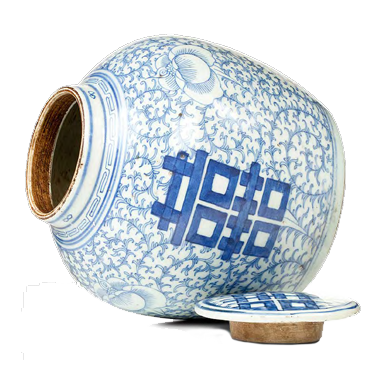
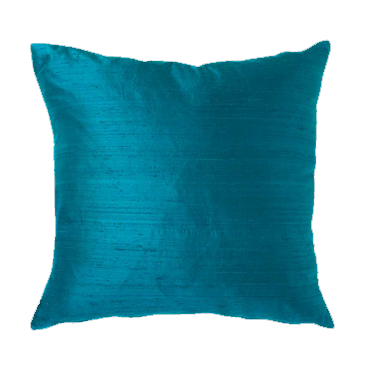


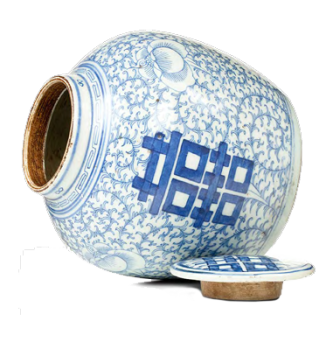
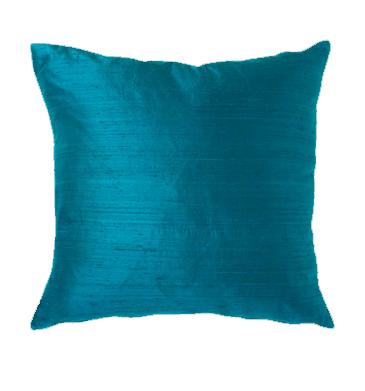
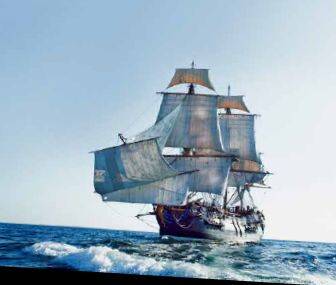
During the 17th century, a few unsuccessful attempts were made to establish trading companies in Sweden. It wasn’t until the early 18th century that trade with East Asia gained real momentum, thanks to the Swedish East India Company (SOIC), founded in 1731. The royal privileges granted the company exclusive rights to all Swedish trade and navigation east of the Cape of Good Hope, and all voyages were required to depart from and return to Gothenburg.
The most important commodity the company imported from China was tea, followed by silk, porcelain, lacquerware, and spices. Initially, the trade was highly successful, but in the latter half of the 18th century, business began to decline, and the company was dissolved in 1813.
A total of 132 expeditions were carried out with 37 different ships. The most famous of these ships today is the Götheborg, which now has a replica. The original vessel was launched in 1738 and made three journeys to China. On its final return voyage in September 1745, it ran aground near Gothenburg. Although the ship was lost, all crew members were rescued, and about a third of the cargo was salvaged over the next two years.
In the mid-1980s, dives by members of the Maritime Archaeological Society led to the rediscovery of the wreck site. The Gothenburg Maritime Museum obtained excavation permits, and the East Indiaman Götheborg Foundation was established. Construction of a replica began in 1995, and the newly built ship was launched in 2003. Götheborg is the world’s largest ocean-going wooden sailing ship, and from 2005 to 2007, it sailed the historic route to China and back. In the summer of 2010, the ship took part in the celebrations for Crown Princess Victoria’s wedding, and in 2013, it undertook another long voyage, this time to various European waters. At home in Gothenburg, the ship is moored at Pier Four in Eriksberg.
Trade with China

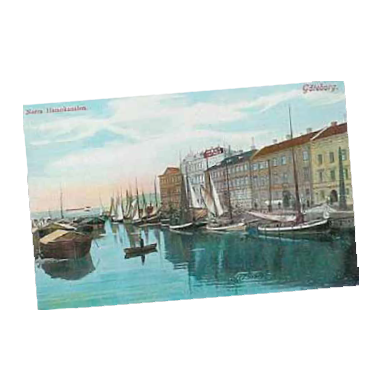

KLIPPAN CULTURAL RESERVE
At the Klippan Cultural Reserve, near the southern base of the Älvsborg Bridge, history still lingers. Here stood the Old Älvsborg Fortress, and from the early 18th century for nearly 80 years, the East Indiamen docked at the quay below.
Barges transported goods further into the city. In the 1800s, Scottish businessman David Carnegie built a porter brewery here and established a Scottish village next to it. The last porter was brewed in the 1960s before the brewery closed. Today, the historic fish restaurant Sjömagasinet is located in the old warehouse building.
THE FIRST HARBOURMASTER
In June 1752, Gothenburg adopted its first port regulation, “to prevent the harbor from silting up and otherwise to maintain order.” Resources included a harbor master with two assistants and a harbor and market inspector for the canals.
Between 1839 and 1897, administration operated under the name “Royal Directorate of Gothenburg Harbor and River Works.” The directorate oversaw nearly all work conducted in the harbor and inner harbor basin, as well as activities essential to maritime traffic.
In 1897, a dedicated board, the Harbor Board, was established to take over responsibility for the city’s harbors and canals.
PACKHUSPLATSEN
The area around Packhuskajen—located on the South Riverbank, just west of the Gothenburg Opera—has served as a mast harbor, a French free port, and an intense center for trade and shipping. Gothenburg’s main post office was located here, and later, the city’s elite shipping companies established their offices in this area. Locally known as “Franska tomten” (the French Plot), the name harkened back to the French free port that existed here in the late 18th century. From the Mast Harbor, Swedish masts were shipped worldwide, a lucrative export during the age of sail.
Old Älvsborg fortress
TE, KRYDDOR, PORSLIN & SIDEN
De viktigaste handelsvarorna från Kina var te, siden, porslin, lackarbeten och kryddor.
THE EAST INDIA COMPANY
The Swedish East India Company conducted a total of 132 expeditions to China with 37 different ships.
FORTSATTA KONFLIKTER MED DANMARK
Den 3 maj 1717 passerar Tordenskjolds eskader Nya Älvsborg på väg ut från Göteborg. Hans anfall mot Nya Varvet hade slagits tillbaka efter fem timmars eldgivning.
THE FISHING CITY
The abundant herring catches made Gothenburg the largest fishing city in the country.
In the 18th century, Gothenburg became an important center in Northern Europe. The Swedish East India Company was founded in 1731, becoming Sweden’s first international trading company. A few decades later, the city had grown to over 10,000 inhabitants. Gothenburg had become the European hub for trade in products from China and the Far East.
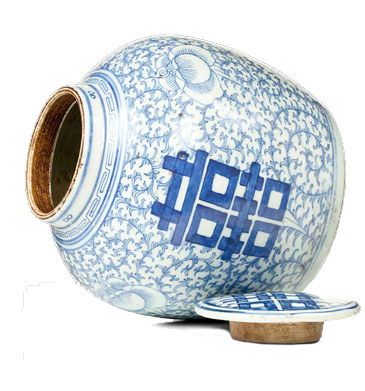
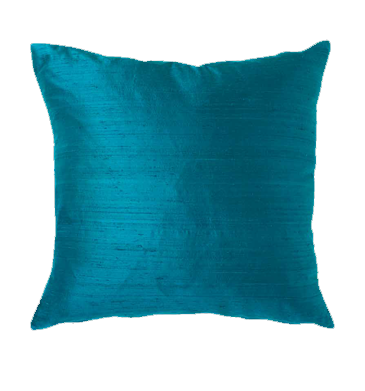
18th century



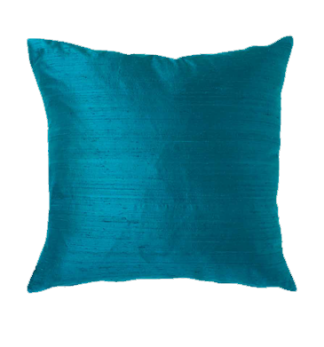
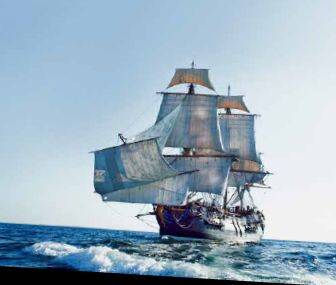
During the 17th century, a few unsuccessful attempts were made to establish trading companies in Sweden. It wasn’t until the early 18th century that trade with East Asia gained real momentum, thanks to the Swedish East India Company (SOIC), founded in 1731. The royal privileges granted the company exclusive rights to all Swedish trade and navigation east of the Cape of Good Hope, and all voyages were required to depart from and return to Gothenburg.
The most important commodity the company imported from China was tea, followed by silk, porcelain, lacquerware, and spices. Initially, the trade was highly successful, but in the latter half of the 18th century, business began to decline, and the company was dissolved in 1813.
A total of 132 expeditions were carried out with 37 different ships. The most famous of these ships today is the Götheborg, which now has a replica. The original vessel was launched in 1738 and made three journeys to China. On its final return voyage in September 1745, it ran aground near Gothenburg. Although the ship was lost, all crew members were rescued, and about a third of the cargo was salvaged over the next two years.
In the mid-1980s, dives by members of the Maritime Archaeological Society led to the rediscovery of the wreck site. The Gothenburg Maritime Museum obtained excavation permits, and the East Indiaman Götheborg Foundation was established. Construction of a replica began in 1995, and the newly built ship was launched in 2003. Götheborg is the world’s largest ocean-going wooden sailing ship, and from 2005 to 2007, it sailed the historic route to China and back. In the summer of 2010, the ship took part in the celebrations for Crown Princess Victoria’s wedding, and in 2013, it undertook another long voyage, this time to various European waters. At home in Gothenburg, the ship is moored at Pier Four in Eriksberg.
Trade with China

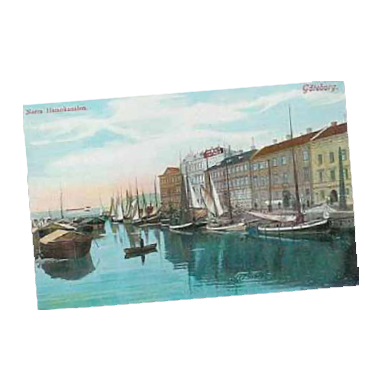
KLIPPAN CULTURAL RESERVE
At the Klippan Cultural Reserve, near the southern base of the Älvsborg Bridge, history still lingers. Here stood the Old Älvsborg Fortress, and from the early 18th century for nearly 80 years, the East Indiamen docked at the quay below.
Barges transported goods further into the city. In the 1800s, Scottish businessman David Carnegie built a porter brewery here and established a Scottish village next to it. The last porter was brewed in the 1960s before the brewery closed. Today, the historic fish restaurant Sjömagasinet is located in the old warehouse building.
THE FIRST HARBOURMASTER
In June 1752, Gothenburg adopted its first port regulation, “to prevent the harbor from silting up and otherwise to maintain order.” Resources included a harbor master with two assistants and a harbor and market inspector for the canals.
Between 1839 and 1897, administration operated under the name “Royal Directorate of Gothenburg Harbor and River Works.” The directorate oversaw nearly all work conducted in the harbor and inner harbor basin, as well as activities essential to maritime traffic.
In 1897, a dedicated board, the Harbor Board, was established to take over responsibility for the city’s harbors and canals.
PACKHUSPLATSEN
The area around Packhuskajen—located on the South Riverbank, just west of the Gothenburg Opera—has served as a mast harbor, a French free port, and an intense center for trade and shipping. Gothenburg’s main post office was located here, and later, the city’s elite shipping companies established their offices in this area. Locally known as “Franska tomten” (the French Plot), the name harkened back to the French free port that existed here in the late 18th century. From the Mast Harbor, Swedish masts were shipped worldwide, a lucrative export during the age of sail.
Old Älvsborg fortress
